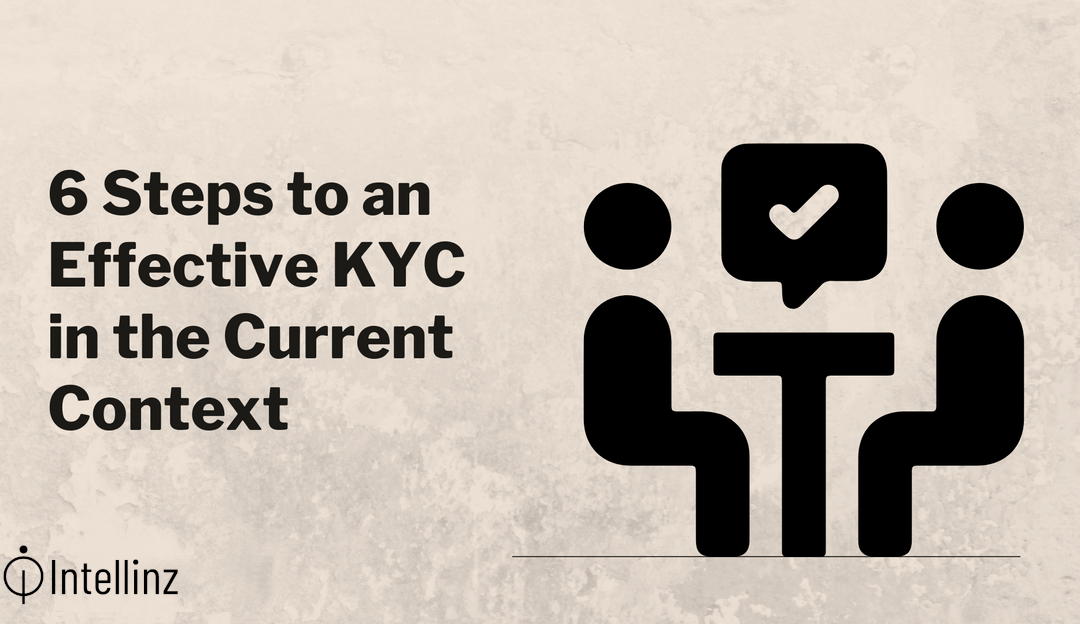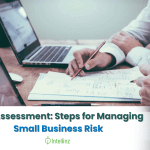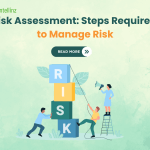6 Steps to an Effective KYC in the Current Context
1. Why is there a need for KYC?
As a quote that Simon Sinek says: “People don’t BUY what you do. They buy why you do it.”
Similarly, for KYC- it is important to explain why.
You can start by incorporating identity verification software which requires a lot of money and effort to make sure it is right. You will finally realize that although the KYC software is functional, you do not need many features which you are paying for, on the contrary, it also lacks many of the essentials.
To understand your aims better, think about answering the following questions:
· Who are your clients?
· Are you working with a business or a normal individual?
· Which regulations concern entities from those countries?
· Do you need PEP and adverse media screening?
· Do you need Enhanced Due Diligence (EDD)?
2. How is KYC Process structured?
After defining their target for creating KYC, the KYC Process is designed in such a way that they can decide the functionality and flow of the KYC.
Similarly, to the steps previously, the compliance officers of Intellinz’ will happily assist you in creating your KYC software and AML compliance program.
The KYC flow will assist you in understanding user onboarding and data management and reporting.
Here is an overview of the KYC Process Structure:
· Client on-boarding.
· User Registration.
· Processing of high-profile transactions.
· Re-verification of existing users.
· Ensure regulatory compliance.
· Replacement of outdated authentication mechanisms.
Intellinz KYC works by checking, verifying information, and by obtaining classified documents from reliable sources. These documents include but are not restricted to, the company business registration and IDs of the ultimate beneficial owners (UBO’s), meaning shareholders owning 25% or more of shares in the company.
3. How does KYC Service Provider connect to the public?
You have the choice of creating your KYC software or collaborating with a KYC and AML service provider. We can rely on third-party providers in this flow and processes because designing your identity verification software is incredibly costly, time-consuming and subjects to frequent regulatory adjustments
When choosing a KYC service provider, make sure to check several vendors a evaluate the following:
· Is the KYC software solution packed with the functionality you described in step two?
· Is it all ID authentication software or does it even provide advanced features like ongoing reporting, EDD, and transaction tracking?
· Is it possible for the KYC software vendor to make enforcement automated, or will there be a lot of manual work involved?
· Is there a data processing tool available from the vendor? How simple would it be to use?
· What’s the average verification time?
4. Process of designing a customer journey and onboarding process
1. Widget integration
You have the choice of creating your own KYC software or collaborating with a KYC and AML service provider. You will rely on third-party vendors in this process because designing your identity authentication program is incredibly costly, time-consuming, and subject to frequent regulation changes.
2. API integration
If API is your developers who design your onboarding process. Designing a smooth KYC flow is important to have a quick and smooth onboarding. An unintuitive one can cost a huge sum of the company’s money.
To design a user-friendly onboarding, start with a customer perspective of things.
Consider the following questions:
1. How long does the onboarding take?
2. Can not-so-tech-savvy users understand it well?
3. Is the process gamified or incentivized in any other way for the user?
4. Are the instructions clear?
5. EDD Flow Creation
You might need to set up an EDD workflow for high-risk customers.
Enhanced Due Diligence (EDD) is a process that requires a more detailed review of customers and their risk evaluations. EDD is only implemented when KYC and CDD are ineffective.
Based on Intellinz’ Due Diligence solves the following points:
· Reducing criminal syndicates infiltrating to companies
· Keeping track of STAKEHOLDERS, important suppliers, and, before awarding major contracts.
· Looking for verified business opportunities such as franchisees and new product suppliers from overseas.
· Searching for suitable investors and getting an investor for your current business.
6. Creating a Reporting system
After the onboarding process, with all its enhanced features such as EDD, you will then need to plan your reporting system.
When you evaluate a customer’s threat and gather the details you need on him or her, you must store it. Reporting is an essential part of the KYC Process, so it is crucial enough to allocate sufficient resources to make it smooth and accurate.
Conclusion
In Conclusion, due to the increasing popularity of financial services, it is no surprise that criminals keep finding new and alternative ways to laundering money. As such in this current day and age, it is essential to have an effective KYC process to protect the clients by avoiding undesirable incidents like identity theft and fraud.
However, as each organization is distinctive, this guide will ensure you are on the right track of creating an appropriate KYC workflow based on the risk factors.
If you have any questions or queries, feel free to ask our team and we will be more than willing to help you.






